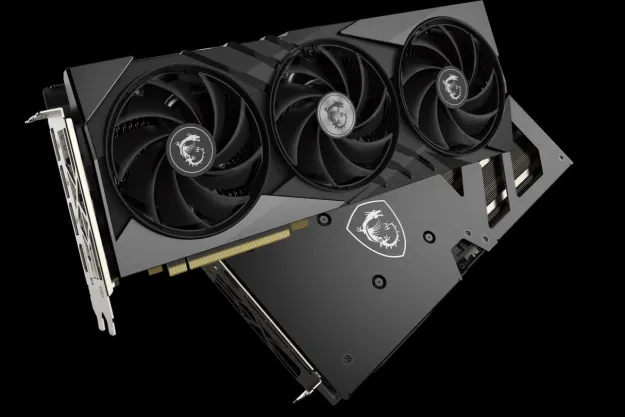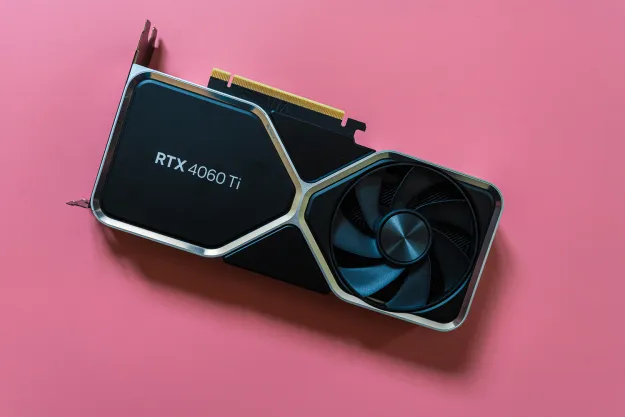But a whole group of gamers, bound by the constraints of an on-the-go lifestyle, were anxiously waiting for the technology to make its way into laptops. Now that wait is over. Nvidia has officially launched the new mobile 10 series line, this time without the M designation holding it back.
Feature packed
Nvidia’s latest mobile cards are based on the same Pascal architecture as the desktop versions. That means a 16nm FinFET process with 3D transistors, which has allowed for massive energy efficiency gains over the previous generation. When it comes to capabilities, all three cards represent the 10 series’ new additions quite well. They all support new features like the Ansel in-game photography engine, while also working with existing features like G-Sync and PhysX.
Like their desktop counterparts, all three chips also sport more granular overclocking controls via GPU Boost 3.0. That’s unusual for mobile cards, which are typically locked into a specific power setting in order to protect power usage and thermal limits. All three cards are also VR ready, which is going to make powering an HMD at a friend’s house way easier.
A numbers game
Like the AIB partners for the desktop chips, laptop manufacturers have more control over the chips that end up in each system. In particular, the party that installs the chip often sets everything from its memory to its power envelope and clock speeds. As such, the numbers below represent the base specifications for each GPU, rather than their practical implementation.
| Mobile GTX 1060 | Mobile GTX 1070 | Mobile GTX 1080 | |
| CUDA Cores | 1,280 | 2,048 | 2,560 |
| Base clock (MHz) | 1,404 | 1,443 | 1,556 |
| Boost clock (MHz) | 1,670 | 1,645 | 1,733 |
| Memory size | Up to 6GB GDDR5 | 8GB GDDR5 | 8GB GDDR5X |
| Memory interface | 192-Bit | 256-Bit | 256-Bit |
It appears there’s been another shift in an attempt to quell model number inflation. The mobile GTX 1080 is likely to end up filling the GTX 980’s role in a lot of heavier
There’s another interesting trend with these cards that’s not immediately obvious from the table. They all have more CUDA cores available than their desktop counterparts, but with a lower base and boost clock speed.
When I come around
Perhaps more so than any previous generation, we’re seeing Nvidia investing in its mobile GPUs. It’s not hard to see why. True 4K gaming might seem like a big deal, but the efficiency gains from moving to a smaller process are the real star of the show. Those improvements are going to make the most difference in portable systems that can game without crippling battery life.
That’s not to say the increased performance isn’t awesome. We were able to spend some hands-on time with the Asus G752 with a mobile GTX 1070 inside, and performance was comparable with the desktop GTX 980 Ti. That was the previous market leader in terms of performance (without reaching the insane Titan X prices), so similar performance in a portable form factor is a big deal, to say the least.
All three chips are in OEM hands now, so it’s only a matter of time before systems with the cards inside start shipping. We have the aforementioned Asus in our office and will be spending time with it over the next week to decide whether it’s worth the wait.
Editors' Recommendations
- Nvidia RTX 50-series graphics cards: news, release date, price, and more
- Nvidia is replacing its crusty, Windows XP-era app with something much better
- Asus’ new RTX 4090 shattered GPU overclocking records, and you’ll be able to buy it soon
- Nvidia DLSS 3: explaining the AI-driven gaming tech
- I tested AMD’s RX 7800 XT against Nvidia’s RTX 4070, and there’s a clear winner



